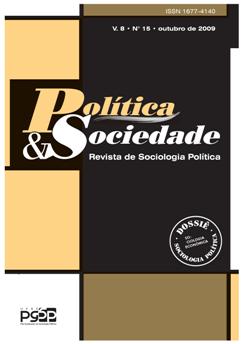Market control through eco-efficiency and eco-consumption: an analysis based on supermarkets.
DOI:
https://doi.org/10.5007/2175-7984.2009v8n15p173Abstract
This article begins with a discussion of the changing role of supermarkets in the food system. According to some authors, the system itself has now entered its third stage. Among the numerous transformations that are a part of this process, we give particular salience to two: a) the role of supermarkets in turning consumers into consumers of organic foods and produce and b) the strategies of the supermarket sector in sustainable management and construction. Sustainability has become an increasingly central motif in the supermarket sector’s strategies, something that has evidently become possible due to the imprecise nature of the concept. Our analysis is fundamentally based on the theory of ecological modernization and secondarily on the new economic sociology of market objects. Through this theoretical framework, we are able to illustrate retail sector tendencies in global market flux, as well as the influence of non-governmental organization and consumer group action. Lastly, we reveal the complex mosaic of the sector’s tendencies. A non-dichotomous and non-essentialist perspective is required in order to understand how environmental dynamics and demands come to form part not only of the discourse but of influential practices of these powerful economic actors which may have unintended consequences on relationships between production and consumption within the new rules of the globalization of markets. Keywords: sustainable consumption, supermarkets, theory of ecological modernization.Downloads
Published
2009-10-29
Issue
Section
Thematic Dossier
License
The articles and other work published in Política & Sociedade, a journal associated to the Graduate Program in Sociology at UFSC, are the property of the journal. A new publication of the same text, whether by the initiative of the author or third parties, must indicate that it was previously published in this journal, citing the edition and date of publication.
This work is licensed under the Creative Common License



